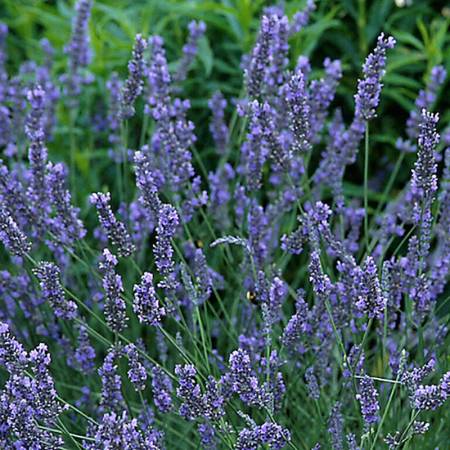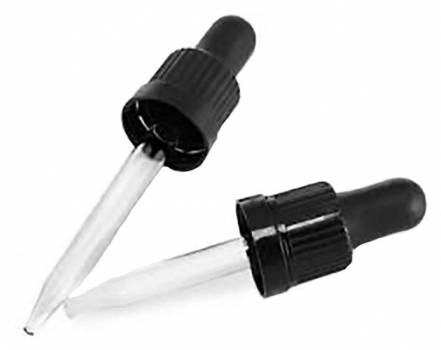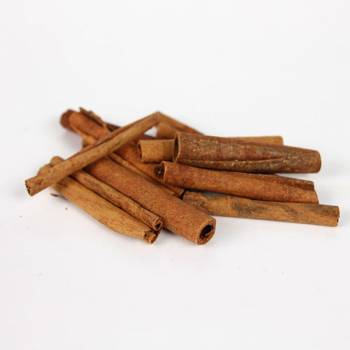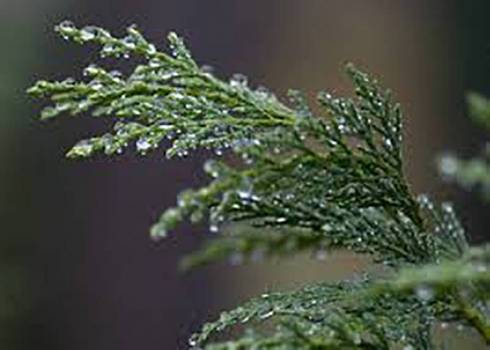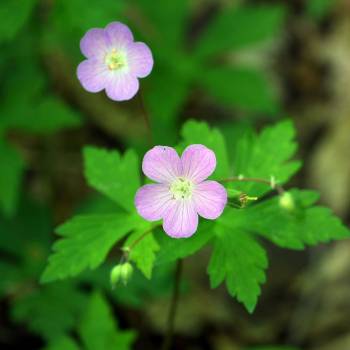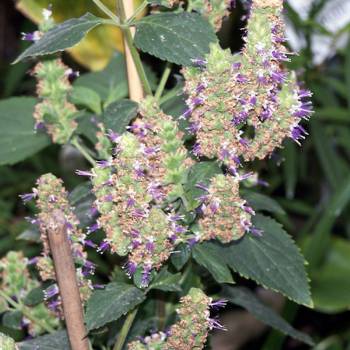Welcome Sign in
Product successfully added to your shopping cart
There are 0 items in your cart. There is 1 item in your cart.
Lavandin Grosso - Lavendula hybrid
Lavandin is a hybrid plant, a cross between true lavender and spike lavender. The oil has camphoraceous, herbaceous, floral aroma.
New
Data sheet
| County of Origin | France |
| Therapeutic Properties | Analgesic, anti-anxiety, anti-bacterial, anti-convulsant, anti-depressant, anti-fungal, anti-inflammatory, anti-microbial, anti-oxidant, anti-viral, CNS tonic, deodorant, hypotensive, immuno-stimulant, sedative |
| Botanical Family | Lamiaceae |
| Chemical Family | Monoterpenols |
| Approx. Shelf Life | 5 years |
| Plant Parts | Flowers |
| Note Classification | Top | Middle |
| Method of Extraction | Steam Distilled |
| Blends well with | Clove, Bay leaf, Cinnamon, Citronella, Cypress, Geranium, Patchouli |
More info
History: This plant originated in this century and has no history. It has become so popular that people often mistake if for true lavender. Lavandin is a cross between true lavender (L. augustifolia) and spike lavender (L. latifolia)
Characteristics: A top note with a strong aroma, Lavandin Oil has a strong, somewhat piercing, camphor-like smell with some light, floral undertones characteristic of Lavender.
Clinical Studies:
Indications: Similar uses to true lavender, except Lavandin is more penetrating and rubefacient with a sharper scent. It is a fine oil especially if you have lung and sinus issues. Lavandin Oil clears mucus and phlegm from the respiratory system. It also heals wounds and has anti-scar properties.
Personality Profile:
Subtle Aromatherapy:
Mode of Administration: Aroma lamp, bath, inhaler, light bulb ring, massage, mist spray, perfume.
Safety: Nontoxic. Avoid in early pregnancy, a weak allergenic.
